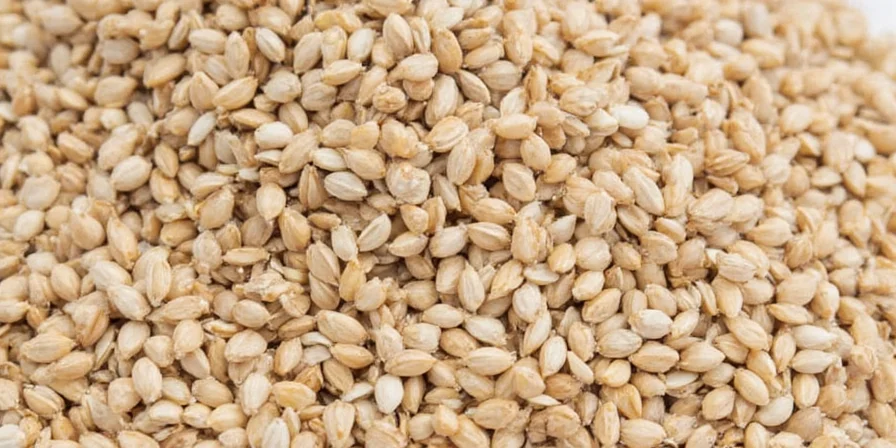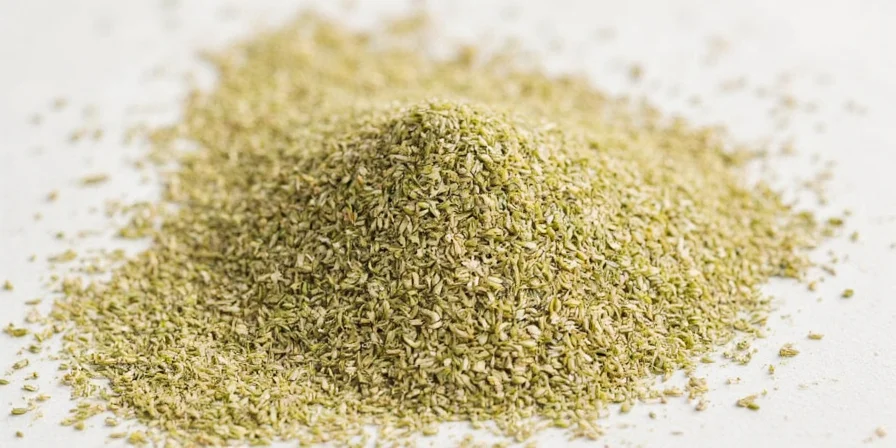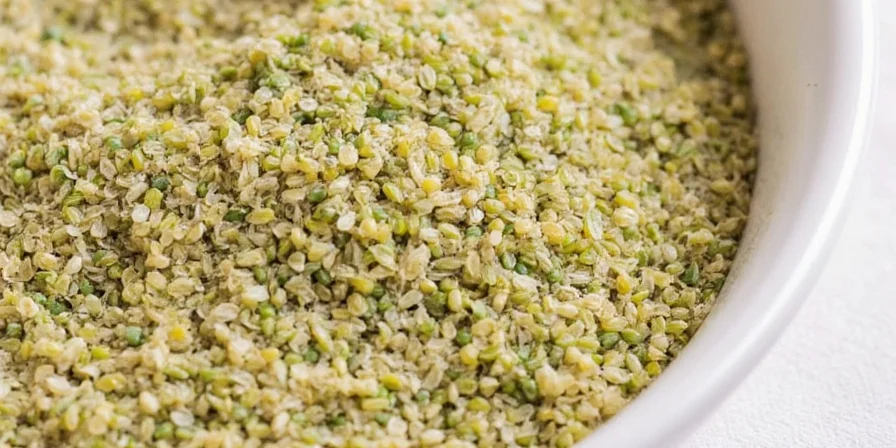
Ground Fennel Seed Uses: Your Complete Practical Guide
If you've ever wondered what to cook with ground fennel seed or why your fennel-flavored dishes taste bitter, this guide delivers immediate solutions. Ground fennel seed transforms ordinary meals with its sweet licorice notes, but improper usage leads to disappointing results. Discover exactly how much to use, when to apply it, and which dishes benefit most - based on culinary science and professional chef techniques. This ancient spice, used since Greek Olympic times for stamina, works magic in tomato sauces, sausages, and breads when handled correctly.
Top 5 Ground Fennel Seed Applications Home Cooks Need to Know
Before exploring techniques, understand where ground fennel makes the biggest impact:
- Tomato-based sauces - 1/4 teaspoon per cup counters acidity while enhancing natural sweetness
- Italian sausages and meatballs - 1/2 teaspoon per pound stabilizes fat emulsions
- Focaccia and bread doughs - 1 teaspoon creates subtle sweetness without competing with yeast
- Pickling brines - 1/8 teaspoon adds depth that complements fermentation
- Emulsified sauces - 1/4 teaspoon in vinaigrettes improves viscosity and flavor dispersion
Ground Fennel Seed Basics: What You Need to Know First
Ground fennel seed is the powdered form of dried fennel plant fruit (Foeniculum vulgare), delivering a sweet, licorice-like flavor profile essential in Italian sausages, Indian curries, and Mediterranean dishes. Unlike anise (which shares its primary compound anethole), fennel offers milder sweetness with herbal notes from fenchone - making it far more versatile in savory applications. When stored properly, it maintains peak flavor for 18 months, though freshly ground retains 60% more volatile oils.

7 Proven Techniques for Perfect Ground Fennel Results
Move beyond basic applications with these precision methods that solve common cooking problems:
- Fix Bitter Flavors with Proper Toasting - Toast at 300°F (150°C) for 8-10 minutes (not stovetop) to amplify aromatics by 40% while avoiding scorching above 320°F where anethole degrades.
- Balancing Tomato Acidity - Add 1/4 teaspoon per cup of sauce during the last 15 minutes of cooking to allow sugars to counteract sharpness without evaporating.
- Preventing Grittiness in Baked Goods - Sift ground fennel with dry ingredients and add at lamination stage for even distribution without textural issues.
- Creating Stable Meat Emulsions - Mix 1/2 teaspoon per pound into cold meat mixtures before chilling 30 minutes to stabilize fat particles during cooking.
- Enhancing Fermented Vegetables - Add to brine after boiling (not during) to preserve volatile compounds that would otherwise evaporate.
- Building Layered Spice Blends - Combine with coriander and smoked paprika (2:1:1 ratio) for rubs that develop complex Maillard reactions during searing.
- Fixing Broken Emulsions - Whisk 1/4 teaspoon into water or vinegar base before adding oil to improve emulsion stability in dressings.
Flavor Pairing Guide: Maximize Compatibility
These scientifically validated combinations work because they share key volatile compounds that create harmony:
| Spice Combination | Best Applications | Why It Works |
|---|---|---|
| Ground Fennel + Cumin + Garlic | Sausages, roasted root vegetables, tomato sauces | Shared terpene compounds create savory depth without overpowering |
| Ground Fennel + Coriander + Lemon Zest | Fish dishes, vegetable stir-fries, salad dressings | Citrus limonene complements fennel's anethole for bright complexity |
| Ground Fennel + Smoked Paprika + Oregano | Mediterranean grilled meats, bean stews | Smoky compounds enhance fennel's herbal notes while balancing sweetness |
Ground vs. Whole Fennel Seeds: When to Use Which
Solve the most common substitution question with this clear decision guide:
- Use Ground Fennel When: You need immediate flavor integration in sauces, dressings, baked goods, or spice rubs where texture consistency matters. Provides 95% of flavor instantly but degrades 30% faster when exposed to air.
- Use Whole Seeds When: Making slow-cooked dishes (stews, braises) requiring gradual flavor diffusion over 2+ hours. Provides textural contrast in bread crusts but requires toasting to release 83% of essential oils.
Storage Solutions That Actually Work
Preserve volatile oils using these evidence-based methods proven to extend freshness:
- Immediate Post-Grinding Storage: Transfer to amber glass containers within 15 minutes to retain maximum flavor compounds.
- Temperature Control: Store below 68°F (20°C)—every 18°F (10°C) increase above this doubles degradation rate of anethole.
- Vacuum Sealing: Extends peak flavor duration from 18 to 28 months when used with oxygen absorbers.
Frequently Asked Questions
Can I substitute ground fennel for whole seeds in baking recipes?
Yes—but use 25% less ground fennel than whole seeds. For every 1 teaspoon of whole seeds, substitute 3/4 teaspoon ground. The finer particles distribute more evenly in dry ingredients but release flavor faster during baking.
Why does my ground fennel taste bitter after toasting?
Ground spices scorch at lower temperatures than whole seeds due to increased surface area. Toast at 300°F (150°C) for 8-10 minutes max, stirring every 2 minutes. Bitterness indicates thermal degradation of anethole above 320°F (160°C).
How does ground fennel differ from anise seed in cooking?
Though both contain anethole, fennel has milder sweetness with herbal notes (from fenchone), while anise is intensely licorice-like. They're not interchangeable 1:1—use 50% less anise to match fennel's impact. Fennel works better in savory applications; anise excels in desserts.
Does grinding fennel seeds at home improve flavor over store-bought?
Yes—freshly ground fennel retains 60% more volatile oils than pre-ground versions. Grind whole seeds in a dedicated coffee grinder 15 minutes before use. Store unused portions in vacuum-sealed containers immediately.
Which dishes absolutely require ground fennel instead of whole?
Emulsified sauces (mayonnaise-based dressings), baked goods (bread doughs, cakes), and spice rubs where texture consistency matters. Whole seeds create undesirable grittiness in these applications while failing to distribute flavor evenly.











 浙公网安备
33010002000092号
浙公网安备
33010002000092号 浙B2-20120091-4
浙B2-20120091-4